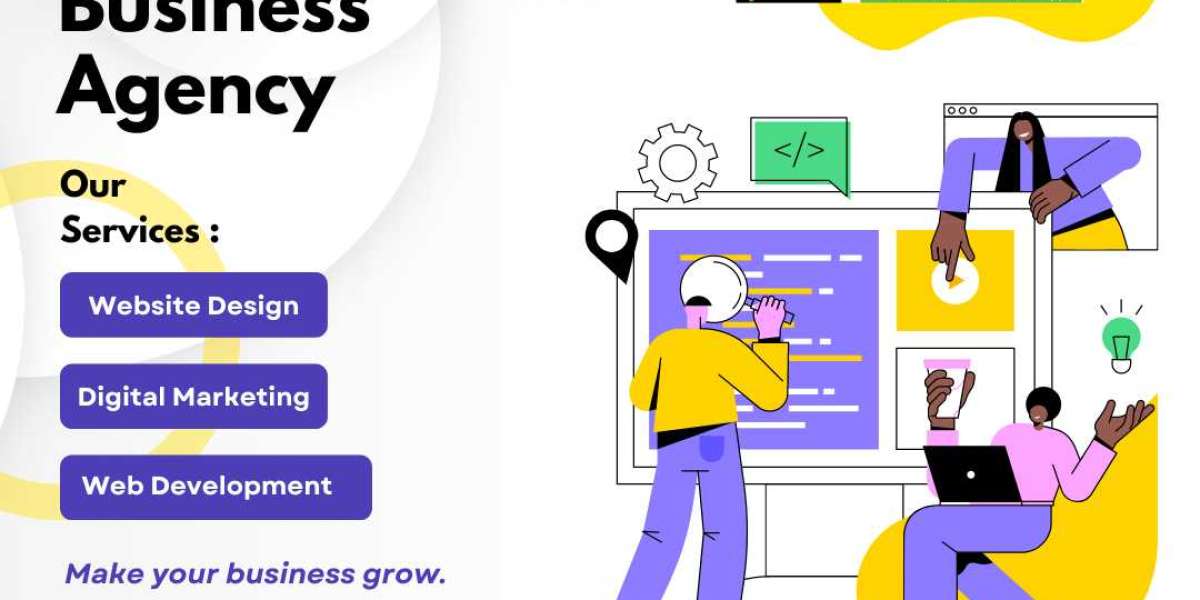From persuasive to technical to strategic to creative, the term "online marketing" covers a lot of ground. To achieve your marketing objectives, you need to master a variety of skills as an advertiser (or play to your strengths and hire for the rest).
As a seasoned digital marketing professional, you are aware that search engine optimization (SEO) shouldn't be added as an afterthought to the process of building a website. However, you probably also know that this is not always done.
Here are five ways that user experience (UX) design and search engine optimization (SEO) can work together to enhance your startup application development projects so that your next website launch is as successful as possible.
The Common Goals of SEO and UX
Well, it's not even necessary to say that every business's primary objective is to make money. We all need to establish trust and provide the goods and services that people require. By optimizing your website, you can make it more visible to search engines, which will increase conversation and traffic to your site.
People typically use Google or any other search engine when they have specific issues. They are there to find out. They anticipate nothing less than an excellent experience once they locate the website that will provide them with those answers.
Because of this, SEO and UX must collaborate to achieve a common objective, which is profit.
The website's architecture is the primary focus of SEO. Its objective is to increase website traffic.
The goal of UX is to keep those new visitors coming back and keep them coming back. This is accomplished by developing a website that maximizes conversations while minimizing distractions. If you are unable to create such a web design on your own, you can always hire a reputable website design company to create a bespoke website with an eye-catching and functional design.
Keyword Density
Google can rank your content based on its relevance to online searches if you use the right keywords. Because of this, your keyword becomes the link between you and the user, which ultimately determines the value of the user experience you provide. Research and careful planning are required to align your content with the keywords that your audience is using.
The practice of "stuffing" your content as much as possible with the target keyword phrase is still a common mistake when using keywords. That is not the most effective strategy, and it has not been for a very long time; every digital marketer should avoid keyword stuffing, a bad SEO practice. Google no longer rewards bad user experience.
What matters is how well you use your target keyword phrase, keeping in mind the best
Why UX is crucial to the Future of SEO
Users of any online business want to interact with their website and return as frequently as possible. An easy-to-use, well-optimized, and well-designed user experience is the key to making that happen.
UX has a positive impact on how search engines rank a website and has a significant impact on how people perceive it. Navigation on a website is where UX can have the greatest impact on SEO elements.
To put it another way, users need to be able to find the information they're looking for on your website quickly and easily. This is especially crucial for mobile users, who account for the majority of traffic today. In addition, engaging content and site speed are examples of how UX influences SEO.
Website Visitor Metrics to Help UX
Understanding website analytics, which also provides insights into the web design process, is the core of SEO.
Evaluation of Google Analytics metrics like audience demographics, popular page content, page-to-page navigation, average time spent on a page, website loading speed, and page scroll depth are all necessary for comprehensive comprehension.
Designers need this information because it helps them create a website's design, format, and layout. To summarize, SEO can assist in determining the kind of user experience that is required, and UX designers carry it out.
Final Thoughts
Better UX design and better SEO go hand in hand. Although organic search optimization can bring visitors to your site, those visitors will quickly leave if the user experience is not user-friendly and productive. Therefore, user experience (UX) provides engagement factors supported by search engine algorithms that can either boost or decrease your search rankings.
Content marketing relies heavily on SEO and user experience (UX). However, when combined, they become something far more potent than the sum of their parts. The combination has the potential to improve user experience and rank your website higher.


